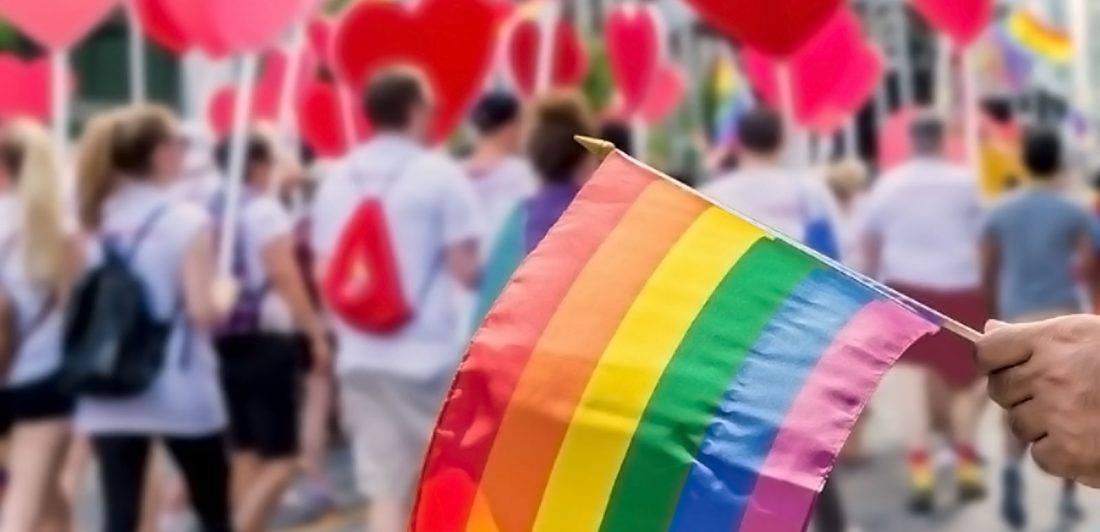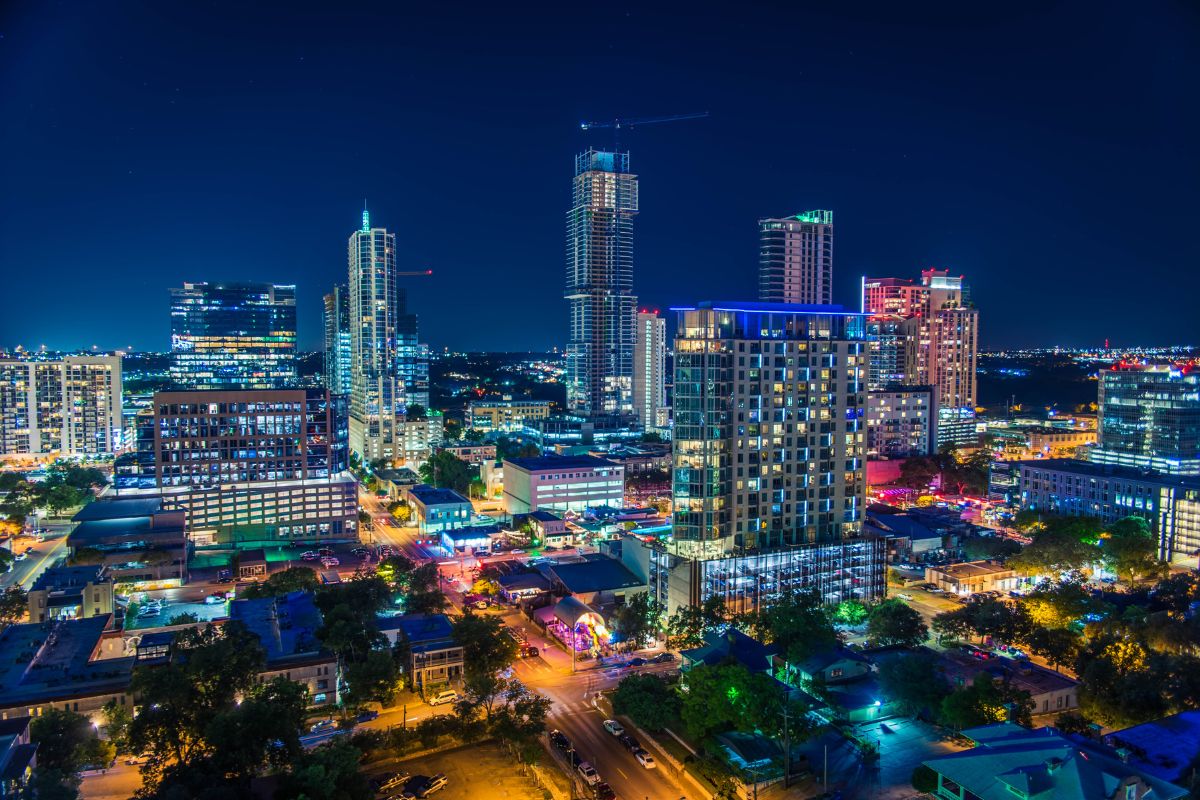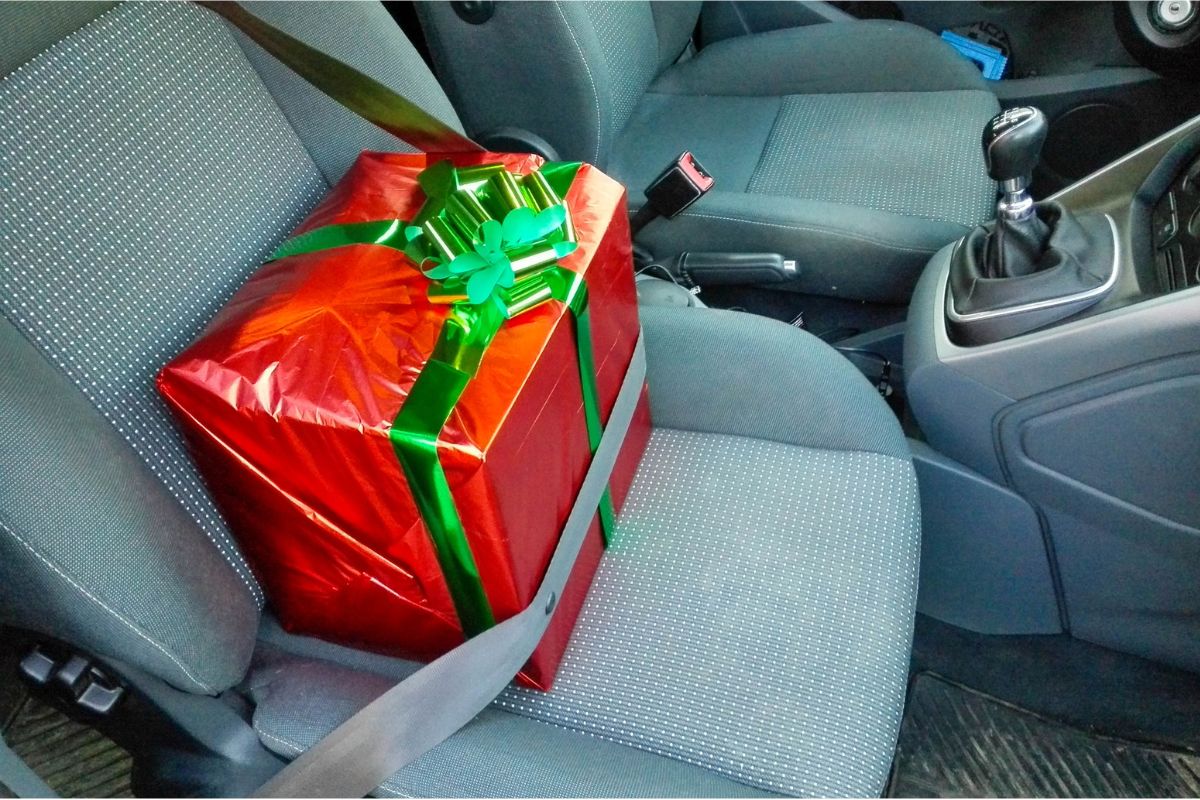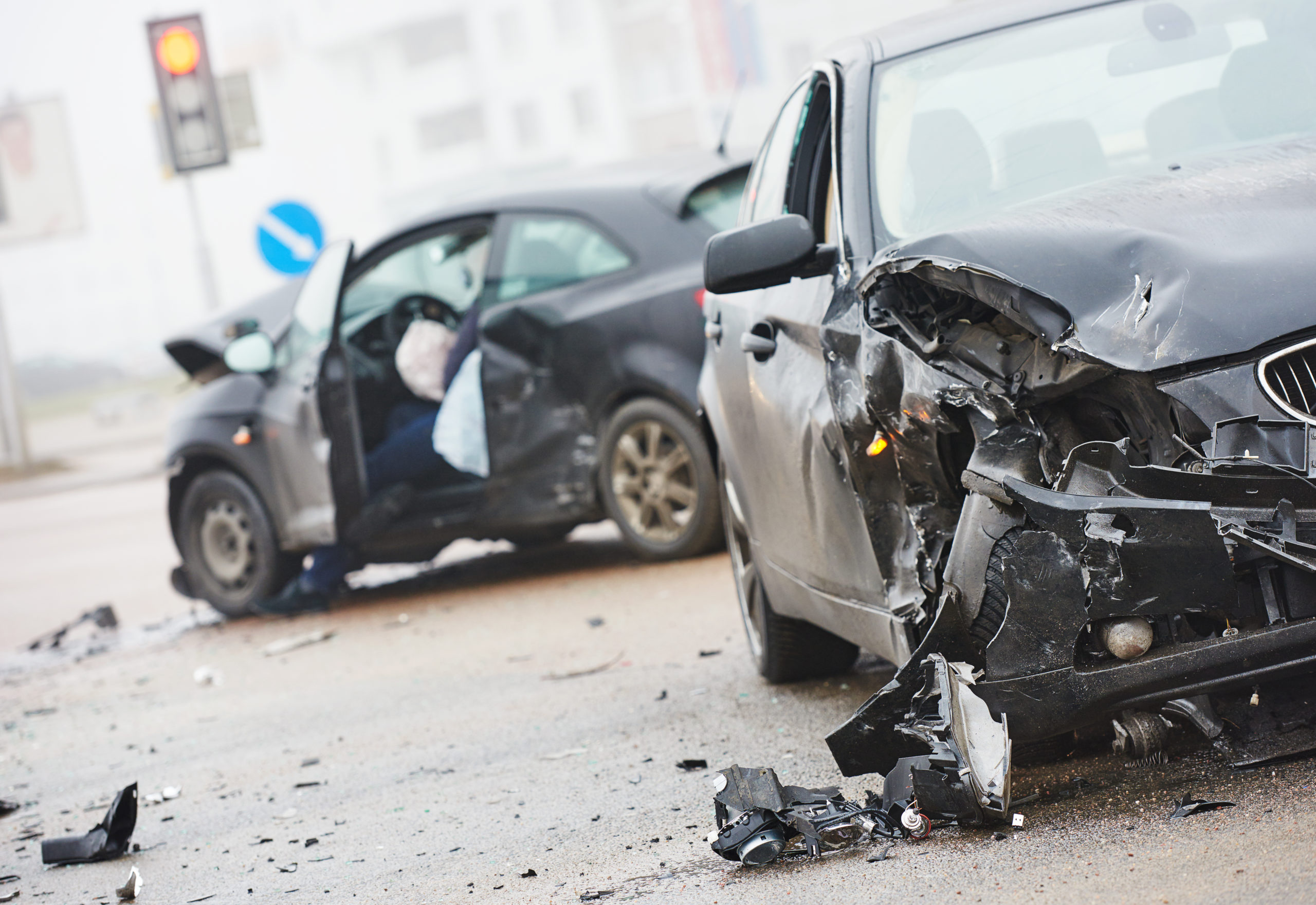On June 1, famous corporate logos on social media turn to rainbows, and parades, picnics, and parties start occurring all over the country to recognize and celebrate Pride Month. Pride Month, celebrated every June, is when the world’s LGBTQ communities celebrate the freedom to be themselves. It’s also a nod to the history of the gay liberation movement. This year marks 50 years since Stonewall when LGBTQ communities began fighting for their rights.
June is notable for the LGBTQ community for several reasons. It is the month that President Bill Clinton declared Gay and Lesbian Pride Month in June 2000, to commemorate Stonewall. June is also the month that the U.S. Supreme Court struck down all state bans on same-sex marriage just four years ago on June 26, 2015. These dates get their significance from June 28, 1969, when Stonewall riots became the watershed moment for gay rights.
The work of these individuals created the society we now live in. Corporations and businesses who once fired people for living their truth, now embrace Pride Month; and even the police departments who once ordered officers to raid gay-friendly establishments now march in Pride parades across cities all over the world. But getting to this basic level of acceptance wasn’t easy and there is still work to do. The LGBTQ community still lives in danger of being discriminated against for employment, being physically assaulted, hyper-sexualized, sexual abuse and rape, face homelessness at alarming rates and being ostracized from their families
How Anti-LGBTQ laws led to the gay liberation movement
Today’s LGBTQ pride movement began as a result of police civil rights abuse licensed by the state. In fact, gay, lesbian and transgendered people endured decades of civil rights violations.
Post World War II, America underwent a desire to restore the pre-war social order. In other words, groups of people deemed as un-American were considered security risks. Along with communists, anarchists and Black civil rights leaders, gays were included on the list of security risks because of the theory that they were susceptible to blackmail.
Rather than work to create an environment where the LGBTQ community would feel safe, state governments and cities passed a series of laws that outlawed homosexuality and queer identities. Often, police officers raided and shut down bars and other establishments catering to homosexuals. In addition, their customers were arrested and outed in newspapers. Cities performed “sweeps” to rid neighborhoods, parks, bars and beaches where gay people lived or frequented. In addition, genders were banned from wearing clothes of the opposite gender.
Through the late 1960s, police commonly raided gay establishments simply to destroy LGBTQ-friendly spaces. This was an unconscionable targeting of a community of people who found it difficult to find employment or stay employed, after the raids. These civil rights violations are what led to Stonewall and the beginning of the gay liberation movement.
What were the Stonewall Riots?
The Stonewall riots were a series of violent demonstrations in 1969 against a police raid that took place in the early morning hours of June 28, 1969, at Stonewall Inn in Greenwich Village, New York.
New York City officers were tasked with enforcing anti-gay laws that banned homosexual acts. As a result, they regularly raided gay bars and other LGBTQ communities. At the time, New York City refused to grant licenses to bars that served gay people. This law allowed police to enter Stonewall without a warrant and arrested 13 people. A majority of people at Stonewall were drag queens or gay men of color.
Tensions between the NYPD and gay residents in Greenwich Village culminated with an unknown person throwing a brick.
The riots came at a time when there was significant civil unrest in the United States. Social and political movements such as the Black civil rights movement, the counterculture of the 1960s and the anti-Vietnam War movement are said to have influenced the gay liberation movement.
Who was involved at Stonewall?
Queer Black and Latinos were often shunned from their families and from the general public at large. In fact, in the 1950s and 1960s, very few establishments in New York welcomed openly gay people. The Stonewall Inn, at the time, was owned by the Mafia, and catered to an assortment of marginalized people in the gay community include:
- Drag queens
- Transgender people
- Effeminate young men
- Butch lesbians
- Male prostitutes
- Homeless youth
These communities often resorted to policing and taking care of themselves. This was often because society, and especially the police, dismissed their problems or made them worse.
The First Pride Marches
In June 1970 to commemorate Stonewall, the New York LGBTQ community held Christopher Street Liberation Day. In addition, marches were held in Los Angeles and San Francisco. This year marked the first official celebration of Pride. By 1972, Pride marches spread to:
- Boston
- Dallas
- Milwaukee
- London
- Paris
- West Berlin
- Stockholm
- Atlanta
- Brighton
- Buffalo
- Detroit
- Washing D.C.
- Miami
- Philadelphia
Today, countless Pride marches occur all over the world during the month of June.
Statistics for the LGBTQ Community
For many young people coming out, Pride Month and the celebrations are a celebration of who they are. In addition, these young people are finding acceptance and love within the LGBTQ community.
This is particularly true among the trans community. For example:
- Trans people are four times more likely to live in poverty.
- Trans people experience unemployment at twice the rate of the general population — with rates for trans people of color up to four times the national unemployment rate.
- About 46% of trans people report being uncomfortable seeking police assistance.
- 41% of trans people report attempting suicide, compared to 1.6% of the general population.
LGBTQ youth are twice as likely as their peers to have been physically assaulted, kicked or shoved at school. In fact, many of the students are afraid to go to school because they fear for their safety. Further, LGBTQ youth without a home face higher risks of human trafficking and exploitation.
Designing a world of empathy and pride
As you can gather from the above statistics, the LGBTQ community still faces significant discrimination and homophobia. An unfortunate side effect of an intolerant family, school, church or hometown puts this community at greater risk of suicide and living in poverty. In addition, lawmakers currently sitting in office are still inciting violence against gays and trying to deny them equal protection under the law. This is why Pride continues to be so important.
As people sharing this Earth, we have a responsibility to uplift and love one another. This means doing more than tolerating a person but accepting them for who they are—regardless of sexual orientation, race or gender. This is the world that Pride Month aims to create—a world where kids can feel safe and loved no matter who they are or who they love.
The Carlson Law Firm Can Help
It’s difficult to change the minds and opinions of people. We know that the LGBTQ community still faces extreme hate, discrimination, and abuse. Unfortunately, federal civil rights laws do not cover harassment based on sexual orientation. However, LGBTQ youth-targeted in school may be protected under sexual harassment clauses under Title IX. The Carlson Law Firm fights for and protects the rights of all people who have their rights violated in some way.
Our firm can also handle civil lawsuits related to:
- Sexual assault
- Violent attacks>
- Human trafficking
If you believe that you have been the victim of a civil violation, contact our firm to speak with a qualified legal representative.




